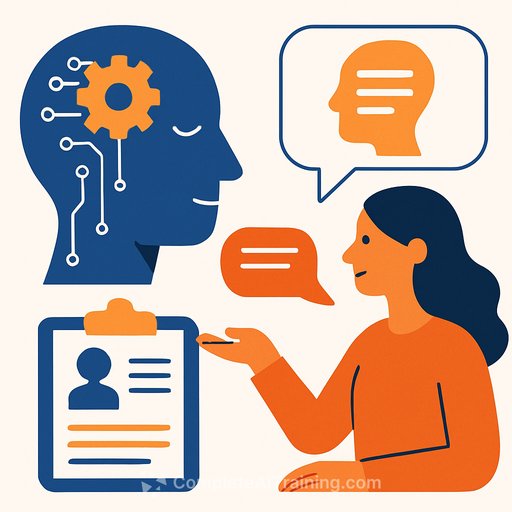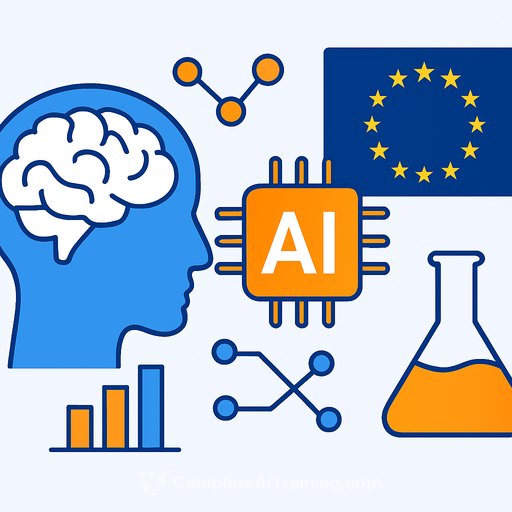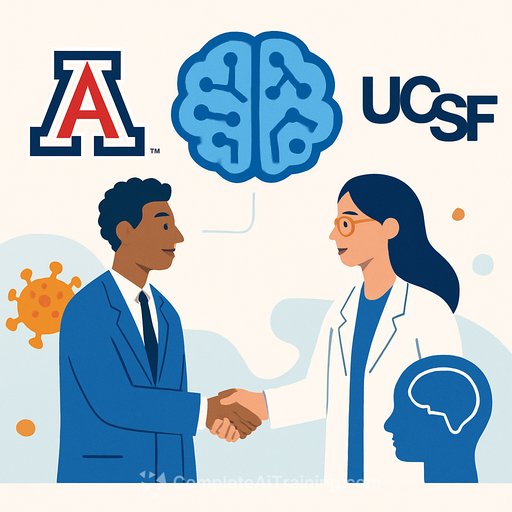Artificial Intelligence Learns to Analyze Personality Traits from Text
Recent research demonstrates that AI can detect personality traits simply by analyzing written text. Instead of relying on lengthy interviews or questionnaires, AI examines social media posts, essays, or everyday messages to identify signals about an individual's personality.
Moreover, scientists have developed ways to interpret how AI reaches these conclusions. This transparency could transform personality assessment, making it quicker, more precise, and applicable to fields such as therapy, education, and recruitment.
How AI Identifies Personality Through Language
A research team at the University of Barcelona conducted a detailed study using advanced AI models to explore personality detection. They evaluated two prominent personality frameworks: the Big Five and the Myers-Briggs Type Indicator (MBTI).
The Big Five categorizes personality into five traits: openness, conscientiousness, extraversion, agreeableness, and emotional stability. MBTI classifies individuals across four dichotomies: introvert vs. extrovert, sensing vs. intuitive, thinking vs. feeling, and judging vs. perceiving.
For this study, the team employed two state-of-the-art AI language models: BERT and RoBERTa. These models were trained on large datasets of written texts from individuals who had previously completed personality questionnaires. Once trained, the AI could detect linguistic patterns linked to personality traits.
To understand the AI's decision process, researchers used a technique called integrated gradients. This method highlights which words or phrases most influenced the AI’s predictions, ensuring the model’s reasoning wasn’t based on random or biased data correlations. For example, the word “hate” might typically seem negative, but in a sentence like “I hate to see others suffer,” it may indicate empathy. Integrated gradients help clarify such nuances.
BERT and RoBERTa: Foundations of Language-Based Personality Detection
BERT (Bidirectional Encoder Representations from Transformers) and RoBERTa (Robustly Optimized BERT Pretraining Approach) are transformer-based models designed for natural language processing. BERT, introduced by Google in 2018, processes text by considering context from both directions simultaneously. It was pretrained on the BookCorpus and English Wikipedia using Masked Language Modeling and Next Sentence Prediction tasks.
RoBERTa, released by Facebook AI in 2019, builds on BERT’s architecture but enhances training by removing the Next Sentence Prediction task and using a larger, more diverse dataset. It dynamically changes masking patterns during training and uses more extensive training cycles with larger batches. These adjustments generally make RoBERTa outperform BERT on many language tasks.
Big Five vs. MBTI: Which Model Works Better with AI?
The study found that the Big Five model yielded more reliable AI predictions compared to MBTI. Models trained with MBTI data often focused on superficial language cues rather than consistent linguistic patterns tied to personality traits.
Researchers highlighted limitations of MBTI, noting that AI models using it tended to pick up on artefacts rather than meaningful signals. In contrast, the Big Five showed stronger and more stable correlations between language use and personality, making it a preferable framework for AI-driven personality assessment.
Implications for Psychology and Practical Applications
Automatic personality detection through AI holds promise for psychology by offering more natural and less intrusive assessment methods. Instead of traditional tests, therapists and researchers could analyze language to detect personality traits, monitor mood changes, or track treatment progress over time.
Beyond clinical settings, this technology could improve hiring processes by evaluating writing samples to assess candidates’ work styles. In education, teachers might customize learning approaches based on student personality profiles derived from language. AI-powered digital assistants could also adapt interactions to better match user traits.
The researchers emphasize that ethical considerations and transparency are crucial. Any application should be grounded in scientifically valid models and incorporate explainability tools to maintain fairness and clarity.
The Future: Integrating AI with Traditional Assessment Methods
While AI-based personality analysis is powerful, it is unlikely to replace conventional tests entirely. Instead, combining AI insights with established assessments could provide a more comprehensive understanding of personality.
This multimodal approach might integrate natural language analysis with digital behavior data, such as online activity or voice tone. The research team is also exploring speech-to-text tools like Whisper.ai to extend analysis capabilities.
Such AI models are especially useful in contexts where lengthy testing is impractical or where large volumes of text require quick evaluation. Future research will test these methods across languages, cultures, and writing styles to confirm their generalizability.
The researchers are collaborating with mental health professionals and human resources experts to ensure the technology is applied fairly and effectively. Their goal is to develop tools that benefit diverse populations and enhance both research and practical outcomes.
The full research findings are published in PLOS One.
Your membership also unlocks:






